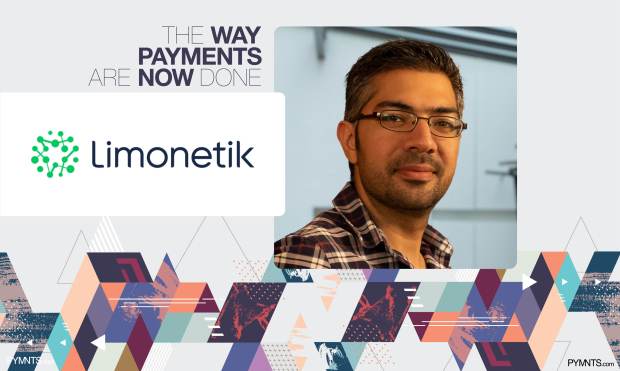Clients’ Payments Routine: A Joke or Utopia?

“The payments industry is not just a vital cog in the global economy; it’s the connector between consumers and merchants,” says Hassan Issa, chief operating officer, Limonetik. In “The Way Payments Are Now Done,” read more of his insights on how clients’ payments routines have been forever changed in the cashless and digital transformation.
The new clients’ payments routine is a world with cashless and digital transformation. So can we still talk about a payment routine for consumers?
It is a fact that the payment industry has been shaking with new technologies and trends. When it comes to payment, we can’t simply rely on a routine. The internet explosion in the 2000s and today’s technology-driven consumerism have changed everything for consumers looking to make purchases at physical stores or online retailers alike, who are now faced with an emerging array of new digital payment options.
According to a Statista report, in 2023 it is estimated that there will be 1.31 billion proximity payment transaction users, up from 950 million users in 2019 – a jump of users of alternative forms of mobile payment options, like mobile apps for online shopping, mobile payments at the POS, and special mobile payment options such as mobile wallets. There is no doubt that digital payments will become the worldwide standard of tomorrow.
Technologies are evolving to the great benefit of the customer, both via eCommerce and in-store. Because of the many and varied payment methods, it is no surprise that more and more in-store merchants are supporting mobile payments to reach this tech-savvy audience. This is where near-field communication (NFC) has become a standard feature on most mainstream smartphones as a contactless payment solution.
With the population taking an interest in consumption, shopping methods have spread out. Whether online or at a store, people want to be able to purchase goods and pay for them using their preferred methods. Businesses must question themselves about how to best meet the needs of each consumer. This is because consumers, even in given populations, have a particular consumption – which means businesses will be catering to different desires with their products or payment method services. Consumers are also being conditioned to expect their payments options to be fast, easy and secure, creating expectations for which forms of payment they will be able to use with different types of merchants.
eeewThe payments industry is not just a vital cog in the global economy; it’s the connector between consumers and merchants. The future of payments looks bright, as more legislation and globalization are expected to take shape to fuel further innovation. Payments connect people from all over the world through their always-on devices, whether online or in brick-and-mortar stores. Payments allow the poorest to acquire basic goods. More than a simple means for financial exchanges, they have become a crucial social link and form of community recognition. Payments can’t be considered a routine – they represent a society-wide interaction.